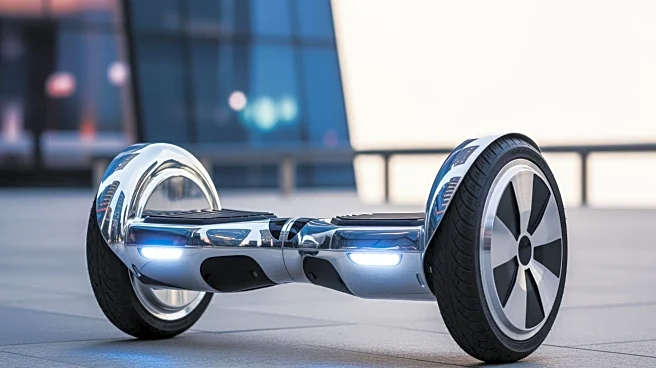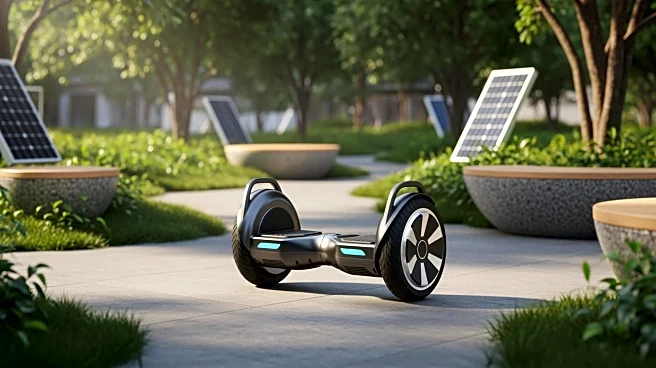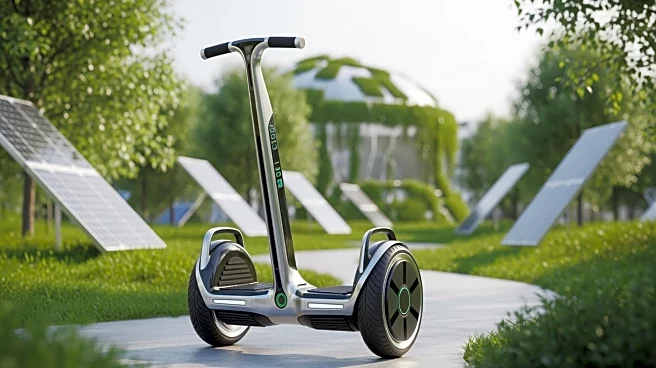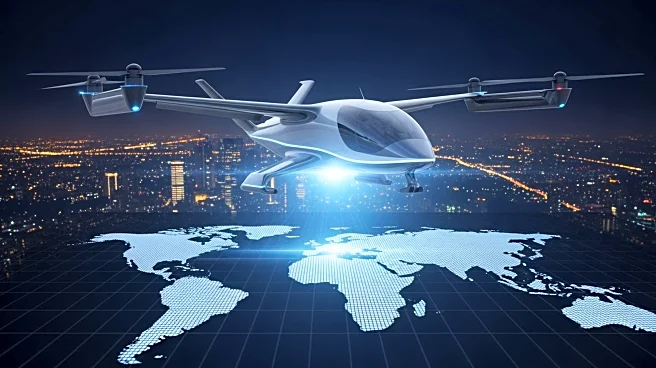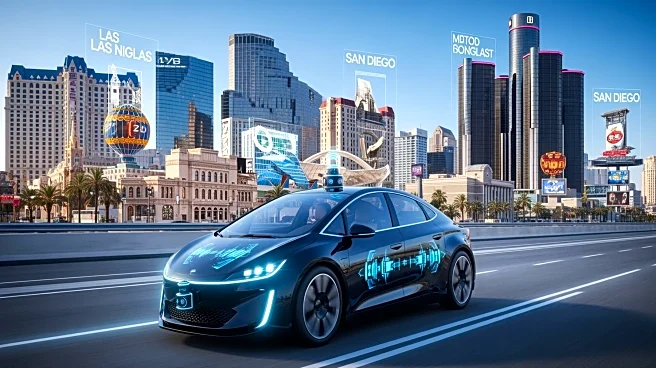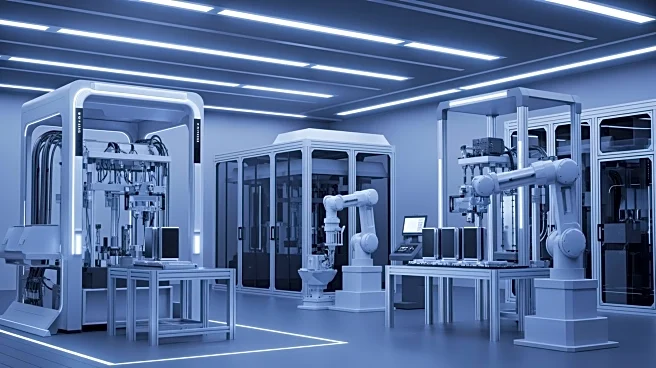What's Happening?
The self-balancing scooter market is experiencing rapid growth, with projections indicating it will reach USD 12.2 billion by 2035. These scooters, also known as hoverboards, are gaining popularity as eco-friendly
urban mobility solutions. They are increasingly used for short-distance travel, recreational activities, and last-mile connectivity. Technological advancements, such as improved battery efficiency and smart connectivity features, are enhancing their appeal. The market is driven by rising demand for sustainable transportation options and the growing popularity of stylish, portable vehicles among younger demographics.
Why It's Important?
The expansion of the self-balancing scooter market highlights a significant shift towards sustainable urban transportation. As cities face challenges like air pollution and traffic congestion, these scooters offer a zero-emission alternative that can alleviate some of these issues. The integration of smart features and improved safety measures also makes them a viable option for urban commuters. This trend could lead to broader adoption of micro-mobility solutions, influencing urban planning and transportation policies. The market's growth also presents opportunities for manufacturers and technology developers to innovate and capture a share of this expanding sector.
What's Next?
As the market continues to grow, manufacturers are likely to focus on enhancing safety features and regulatory compliance to address concerns over battery safety and balance control. The development of foldable and lightweight designs could further increase their appeal among urban commuters. Additionally, the integration of IoT features and smart connectivity is expected to continue, offering users more control and convenience. The market's future will likely see increased adoption in commercial and tourism applications, further solidifying the role of self-balancing scooters in urban mobility solutions.
